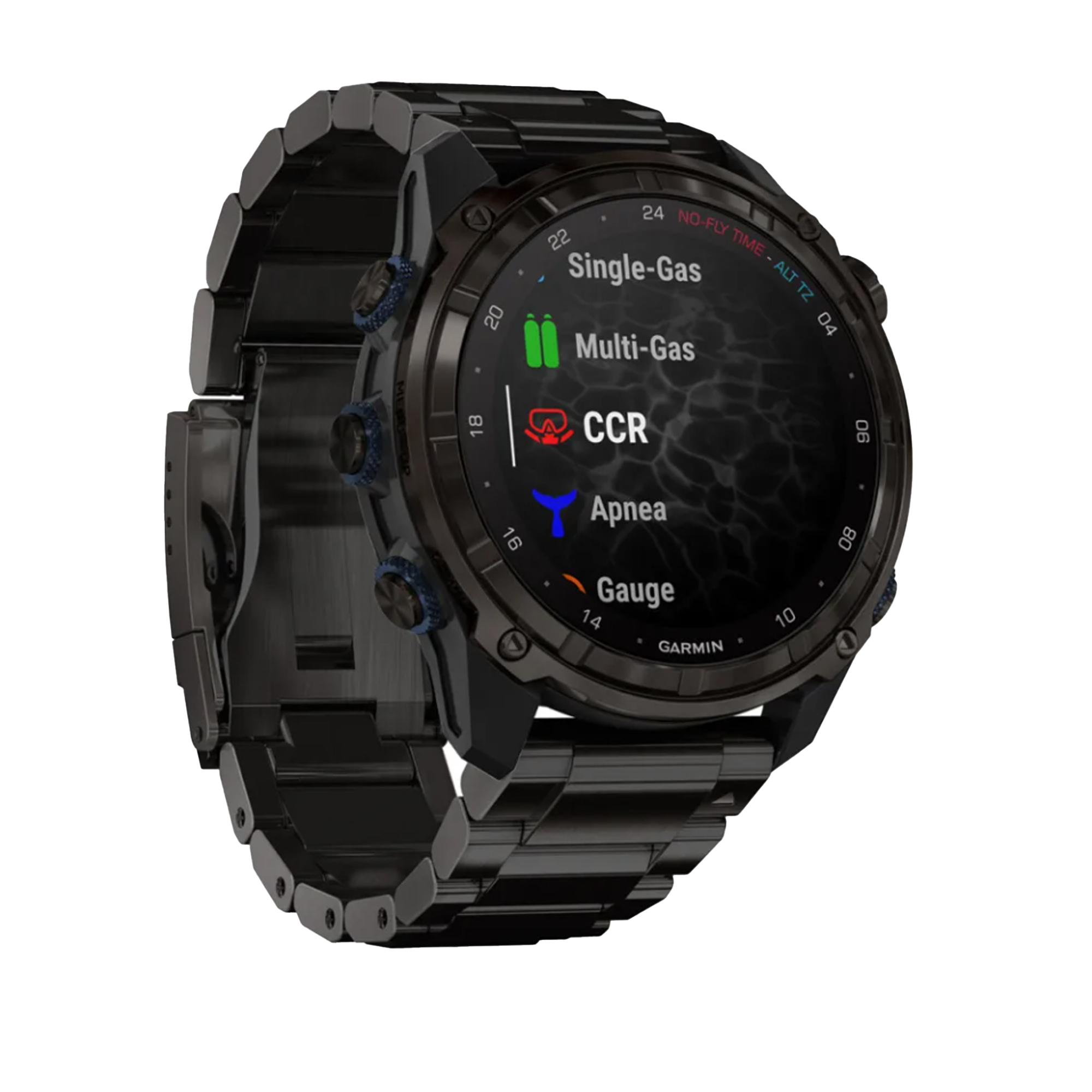Navigation
Streamlining is the name of the game for recreational, technical and commercial divers. Here, you'll find all the hardware needed to mount and stow all of your gear in a clean, efficient manner. From stage bottles, to reels, to backup lights, and whatever else you might need to rig.
Need some help figuring out how to rig your gear? Give our staff a call or drop us an email.
We sell premium high-quality heavy-duty (316-series) stainless steel hardware specifically for use in marine diving applications. We stock only the designs and sizes listed. We reserve the right to limit order quantities because our supply is appropriate for the demands of individual divers, but not bulk orders. Large volume bulk orders will not qualify for free shipping.
Technical Tip
Stainless does not mean Stainproof
A common misconception among divers is that stainless steel does not corrode at all. There are various types of stainless steel, each with different corrosion properties, that make a specific grade more or less suited to a particular application. Because there is no perfect stainless steel, the selection of the grade is often a compromise between corrosion resistance and malleability. Stainless grades selected because they hold a sharp cutting edge will corrode relatively fast compared to other grades. The most corrosion resistant grades are not usually a good choice for bolt snaps and hand tools because depending on the use application they may not offer the best wear resistance or may be too brittle.
Stainless does not mean Stainproof and all diving products made of stainless steel must receive some basic care to help minimize corrosion. Rinse any stainless steel components in dive equipment with fresh water after diving or when otherwise in contact with salt water, allow them to dry and do not store them in damp or moist environments. Make sure any storage sheath or pouch is also rinsed and allowed to dry before returning the stainless item to the pouch. When rinsing bolt snaps, be sure to work the bolt action several times to eject any saltwater trapped in the slider and spring mechanism. In particular, avoid storing stainless steel near or in contact with other metals having strongly dissimilar electropotentials, especially aluminium, such that moisture can induce galvanic corrosion. In cases of galvanic corrosion where the stainless item is in close proximity to some types of metals, rust or other colour stains will electrolytically transfer to the surface of the stainless item.
An invisible film forms on the surface of stainless steel when it's in contact with oxygen. This allows it to withstand damage from corrosives including many acids, bases, and detergents, as well as salt water. However, depending on envirionmental conditions you may notice some surface 'stains' that can form on various stainless items. In general these are cosmetic in nature and we recommend you allow the cosmetic stains to remain when practical. Using an abrasive is more likely to remove the invisible corrosion resistant film that forms on stainless, allowing corrosion to spread and ultimately making the corrosion worse.
Properties of Stainless Steel
- Hardness - As hardness increases, metals become more wear resistant but they may be less malleable. Some types of stainless steel harden by cold working, and others can be heat treated. The 300 series hardens by cold working, many in the 400 series can be hardened by heat treating.
- Formability - Stainless steel is generally formable and bendable, but types that harden by cold working can require more force to bend than carbon steel.
- Machinability - During machining, stainless steel can become gummy and stick to cutting tools, making it typically more difficult to machine than steel.
- Weldability - Take care to clean stainless steel before and after welding operations. Contaminants, such as lubricants and particles from grinding tools, will reduce corrosion resistance at welded points.
- Finish - Stainless steel does not always have a shiny finish. In fact, stainless steel is available in a number of finishes, ranging from an unpolished, dull surface to a reflective mirror-like shine.
Frankston Reef, Olivers Hill
![]() Reef Dive |
Reef Dive | ![]() Shore access
Shore access
![]()
![]()
![]()
![]()
Depth: 2 m (6.56 ft) to 6 m (20 ft)
Level: Open Water and beyond.
See WillyWeather (Frankston) as a guide for the tide times and the height of the tide.
Traditional Owners — This dive site is in the traditional Country of the Boon Wurrung / Bunurong people of the Kulin Nation. This truly ancient Country includes parts of Port Phillip, from the Werribee River in the north-west, down to Wilson's Promontory in the south-east, including the Mornington Peninsula, French Island and Phillip Island, plus Western Port. We wish to acknowledge the Boon Wurrung as Traditional Owners. We pay respect to their Ancestors and their Elders, past, present and emerging. We acknowledge Bunjil the Creator Spirit of this beautiful land, who travels as an eagle, and Waarn, who protects the waterways and travels as a crow, and thank them for continuing to watch over this Country today and beyond.
Frankston Reef, Olivers Hill Location Map
Latitude: 38° 9.342′ S (38.155693° S / 38° 9′ 20.49″ S)
Longitude: 145° 6.302′ E (145.105026° E / 145° 6′ 18.09″ E)
Datum: WGS84 |
Google Map
| Get directions
Added: 2012-07-22 09:00:00 GMT, Last updated: 2022-03-22 15:14:50 GMT
Source: Google Earth
Nearest Neighbour: Frankston Pier, 1,330 m, bearing 31°, NNE
Frankston, Mornington Peninsula, Port Phillip.
Depth: 2 to 6 m.
[ Top ]
DISCLAIMER: No claim is made by The Scuba Doctor as to the accuracy of the dive site coordinates listed here. Should anyone decide to use these GPS marks to locate and dive on a site, they do so entirely at their own risk. Always verify against other sources.
The marks come from numerous sources including commercial operators, independent dive clubs, reference works, and active divers. Some are known to be accurate, while others may not be. Some GPS marks may even have come from maps using the AGD66 datum, and thus may need be converted to the WGS84 datum. To distinguish between the possible accuracy of the dive site marks, we've tried to give each mark a source of GPS, Google Earth, or unknown.
Copyright © 2005-2022 by The Scuba Doctor Australia, ABN 88 116 755 170. All rights reserved.
tel. +61 3 5985 1700 :: email. diveshop@scubadoctor.com.au :: Web site by it'sTechnical 2022







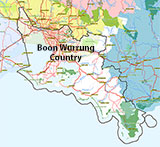



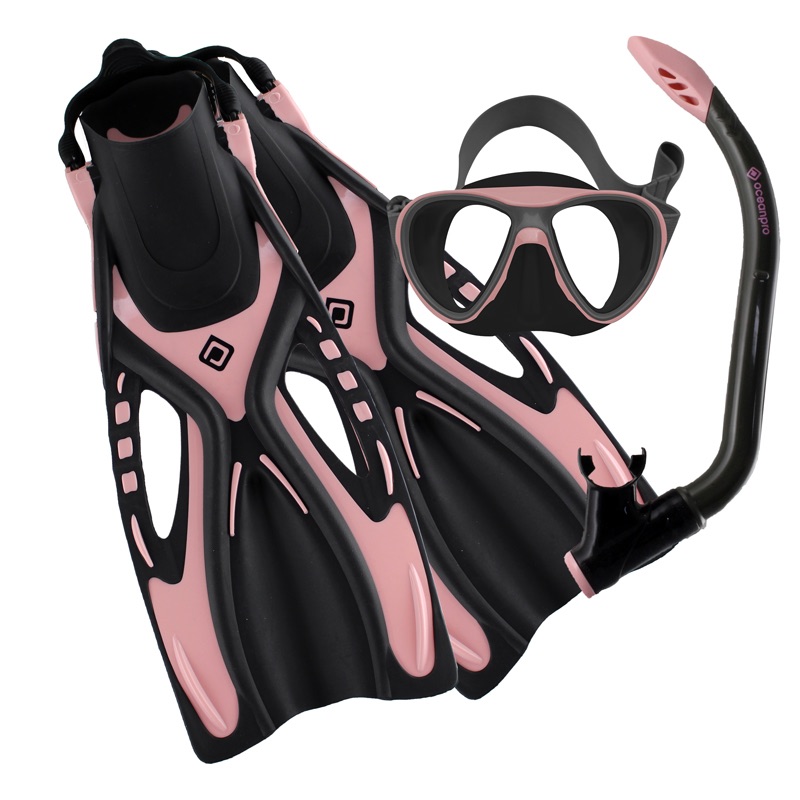

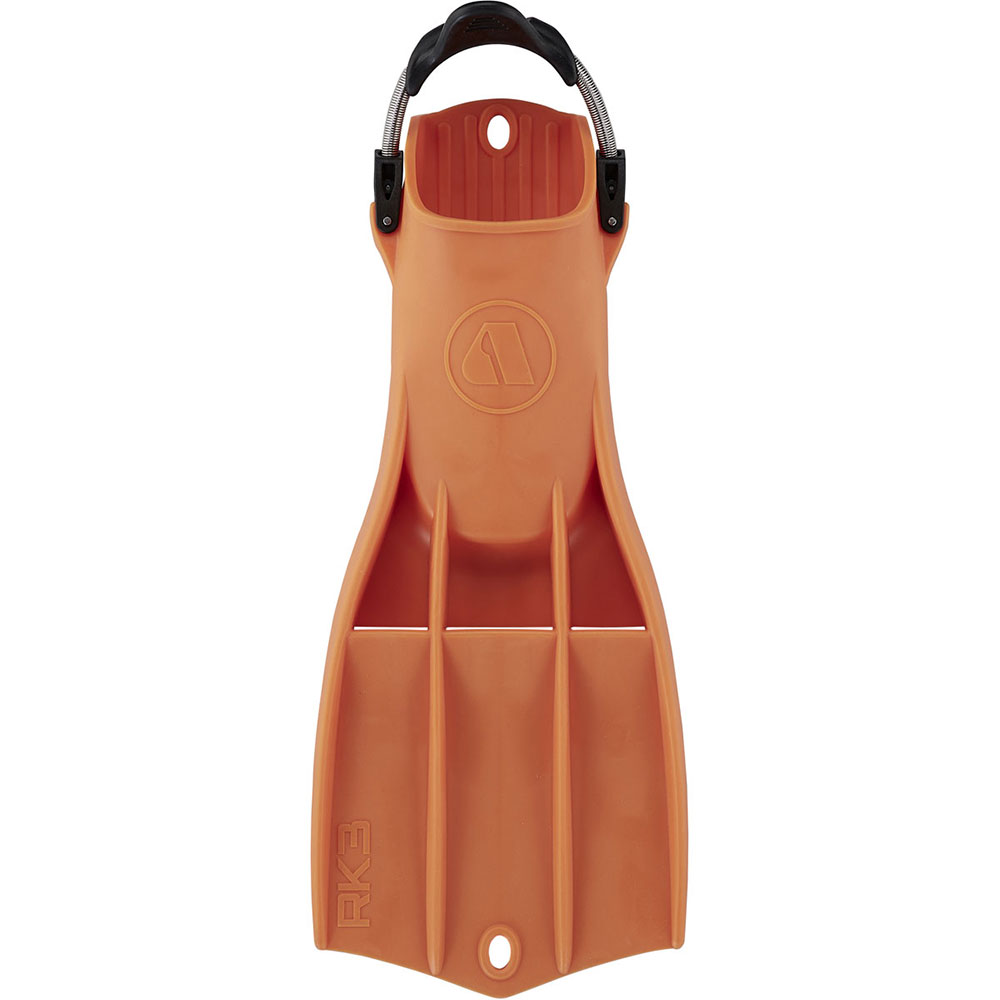


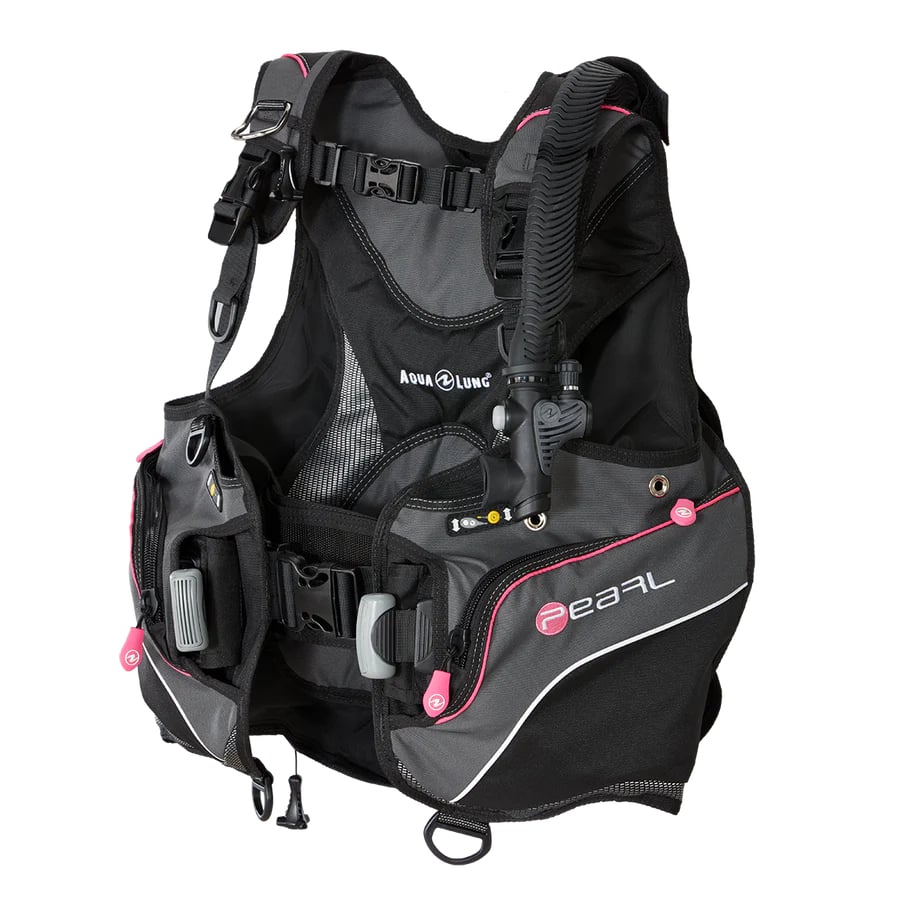



![Halcyon Infinity 30lb System [SS Small Backplate] Halcyon Infinity 30lb System [SS Small Backplate]](/diveshop/images/halcyon/Halcyon-Evolve-Wing.jpg)





